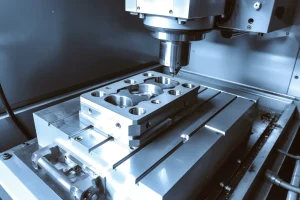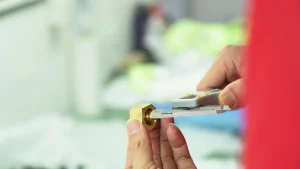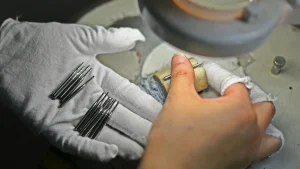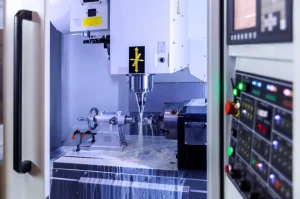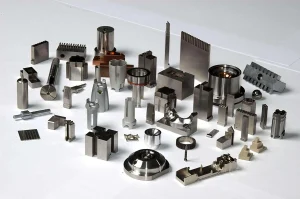In the CNC machining industry, I often encounter customers asking how to ensure machining accuracy and efficiency when processing high-hardness materials. This type of question is particularly important, especially when you need to process high-hardness materials such as aluminum housings, titanium alloys or steel. High-hardness materials usually bring great challenges to machining, especially in CNC machining of parts. In order to balance the characteristics of precision machining and high-hardness materials, you must master some practical skills.
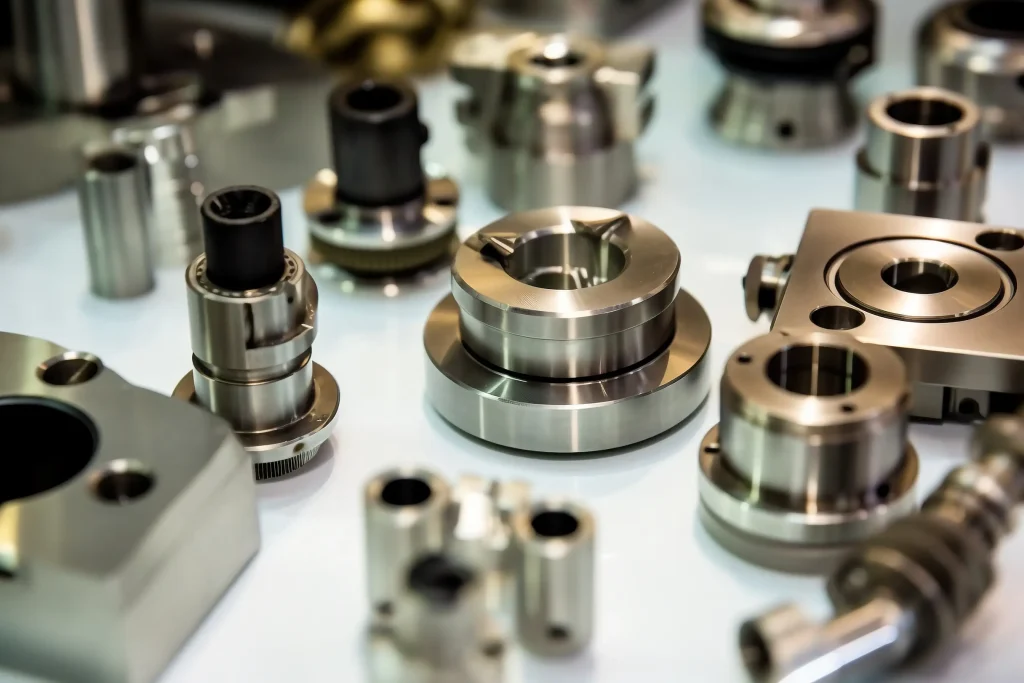
Challenges of high-hardness materials
When it comes to high-hardness materials, we first need to understand their characteristics. These materials are usually difficult to cut and process, and are more likely to cause tool wear. Imagine that when you use titanium alloy to process parts, you will find that the life of the tool is greatly reduced, and even the surface processing quality will not meet the standards. Therefore, when facing this type of material, CNC processing manufacturers often need to adopt different strategies.
Tool selection is the key
The processing of high-hardness materials starts with choosing the right tool. In my experience, the use of coated tools is the most effective choice. For example, the use of tungsten steel tools or coated carbide tools can significantly improve the wear resistance and high temperature resistance of the tool. Coating materials such as TiN (titanium nitride) or TiAlN (titanium aluminum nitride) can effectively prevent excessive friction between the tool and the material, extend the tool life, and help improve processing accuracy.
In addition, the geometry and material selection of the tool are also important. In the processing of high-hardness materials, the use of appropriate tool angles can better disperse the cutting pressure, thereby reducing tool wear.
Fine control of cutting parameters
When CNC machining parts, controlling cutting parameters is crucial for the processing of high-hardness materials. Cutting speed, feed rate and cutting depth all need to be fine-tuned according to the hardness of the material, the type of tool and the performance of the processing equipment. For example, using a lower cutting speed can reduce tool overheating and thus reduce tool wear. In this regard, CNC processing manufacturers usually conduct multiple tests to find the best cutting parameters.
Use of coolant
The use of coolant is also very critical in the processing of high-hardness materials. Appropriate coolant can effectively reduce the temperature of the tool and reduce the impact of thermal expansion on processing accuracy. It can also clean up the debris in the cutting area and reduce blockage and tool jamming. Therefore, when processing high-hardness materials such as aluminum housings, I recommend using efficient coolants, and even oil-based coolants can be selected to enhance the cooling effect.
Efficient tool path planning
In addition to tool selection and cutting parameter control, reasonable tool path planning is also one of the key factors in the processing of high-hardness materials. When processing high-hardness materials, the optimization of cutting paths can greatly improve processing efficiency and reduce processing time. By adopting reasonable strategies, such as cutting in stages, the load on the tool can be effectively reduced and the stress accumulation of the material can be reduced.
Improve surface quality
For some customers with high precision machining requirements, surface quality is a top priority. Controlling surface finish is particularly difficult in CNC machining of hard materials. To improve surface quality, I usually choose finer tools for finishing to ensure that every detail is perfectly engraved. In addition, the balance of cutting forces is also very important to avoid surface damage caused by excessive cutting of the tool.
The benefits of working with a CNC processing manufacturer
Choosing a professional CNC processing manufacturer, especially an experienced manufacturer like Rapidefficient, can help customers solve many problems in hard material processing. With the right tool selection, accurate cutting parameters, reasonable cooling solutions, and efficient tool path planning, your parts can be processed more accurately and efficiently, while reducing production costs and material waste.
If you are facing the challenge of machining hard materials, you may wish to refer to the methods I mentioned. Rapidefficient’s precision CNC machining team will tailor the most suitable processing solution according to your specific needs to ensure that each part can achieve the desired effect.

